Off the coast of Belize, where the Caribbean Sea stretches out in a vast expanse of turquoise and azure, lies one of the most awe-inspiring natural wonders on Earth: the Great Blue Hole. This massive sinkhole, measuring 300 meters wide and 125 meters deep, is the largest of its kind in the world. It is a testament to the power of nature, a geological marvel that has captivated explorers, divers, and scientists for decades. From above, the Great Blue Hole appears as a perfect circle of deep blue, surrounded by the vibrant turquoise of the Belize Barrier Reef, one of the largest coral reef systems in the world. It is a mesmerizing sight that invites curiosity and wonder, drawing visitors from around the globe to experience its mysterious depths.
The Formation of the Great Blue Hole
The Great Blue Hole is a geological wonder that has evolved over thousands of years. Its formation is a story of ancient landscapes and shifting seas. Scientists believe that the sinkhole began as a series of limestone caves during the last Ice Age, when sea levels were much lower. As the ice sheets melted and the oceans rose, these caves were submerged, and the roof of the cave system collapsed, creating the massive sinkhole we see today. The process was gradual, taking place over several millennia, and the result is a unique and breathtaking natural formation.
The Belize Barrier Reef, which surrounds the Great Blue Hole, also plays a significant role in its appearance and preservation. The reef acts as a natural barrier, protecting the sinkhole from the full force of ocean currents and storms. This protection has allowed the Great Blue Hole to maintain its nearly perfect circular shape and deep, clear waters. The contrast between the dark blue of the sinkhole and the lighter blue of the surrounding reef creates a striking visual effect, making the Great Blue Hole easily identifiable from the air.
Jacques Cousteau and the Great Blue Hole
The Great Blue Hole gained international fame in 1971 when the legendary marine explorer Jacques Cousteau visited the site aboard his research vessel, the Calypso. Cousteau and his team were captivated by the sinkhole’s beauty and mystery, and they conducted extensive underwater explorations to uncover its secrets. Their findings, broadcast on television, introduced the Great Blue Hole to the world and sparked widespread interest in this unique geological phenomenon.
Cousteau’s exploration revealed that the Great Blue Hole is not just a deep, dark void but a complex and fascinating underwater world. The sinkhole is filled with intricate stalactite formations, evidence of its origins as a cave system. These mineral formations, which hang from the ceiling of the sinkhole, are a testament to the geological processes that shaped this site. Cousteau’s team also discovered a layer of hydrogen sulfide about 30 meters below the surface, which creates a sharp boundary between the oxygen-rich upper waters and the oxygen-poor depths. This layer gives the Great Blue Hole a unique and eerie appearance, with the water below the hydrogen sulfide layer appearing almost black.
Modern Exploration and Discoveries
In recent years, advances in technology have allowed scientists and explorers to delve even deeper into the mysteries of the Great Blue Hole. Submarine expeditions equipped with 3D sonar mapping technology have created detailed images of the sinkhole’s interior, revealing hidden chambers, tunnels, and previously unknown geological features. These expeditions have uncovered a wealth of information about the Great Blue Hole’s formation and evolution, as well as the unique ecosystem that thrives within its depths.
One of the most intriguing discoveries made during these expeditions is the presence of ancient marine life fossils embedded in the walls of the sinkhole. These fossils provide a glimpse into the history of the region, revealing the types of organisms that lived here thousands of years ago. The Great Blue Hole is also home to a diverse array of marine species, including sharks, rays, and various types of fish. These creatures are drawn to the nutrient-rich waters and the complex underwater structures that provide shelter and breeding grounds.
The Great Blue Hole as a Diving Destination
The Great Blue Hole is not just a scientific curiosity; it is also a world-renowned diving destination. Its clear waters and unique geological features make it an irresistible attraction for divers of all levels. The site offers a range of diving experiences, from shallow explorations of the surrounding reef to deep dives into the heart of the sinkhole.
For experienced divers, the Great Blue Hole presents a challenging and rewarding adventure. Descending into the depths, divers can explore the intricate stalactite formations and experience the eerie boundary layer of hydrogen sulfide. The deeper sections of the sinkhole are home to a variety of marine species, and divers often report feeling a sense of awe and wonder as they navigate this underwater wonderland.
However, the Great Blue Hole is not just for experienced divers. The surrounding Belize Barrier Reef offers a variety of shallow dive sites and snorkeling opportunities, making it accessible to beginners and families. The vibrant coral reefs and diverse marine life provide a stunning backdrop for underwater exploration, and many dive operators offer guided tours and educational programs to enhance the experience.
Conservation Efforts and the Future of the Great Blue Hole
The Great Blue Hole and the Belize Barrier Reef are not just natural wonders; they are also vital ecosystems that support a diverse range of marine life. Recognizing their importance, the Belizean government has established the Great Blue Hole as a protected area, part of the larger Belize Barrier Reef Reserve System, which is a UNESCO World Heritage Site. This protection ensures that the site remains a pristine and untouched natural wonder for future generations to enjoy.
Conservation efforts focus on preserving the delicate balance of the ecosystem, monitoring the impact of tourism, and protecting the site from environmental threats such as pollution and climate change. Sustainable tourism practices are encouraged, with dive operators and tour companies adhering to strict guidelines to minimize their impact on the environment. Educational programs and community involvement are also key components of the conservation strategy, ensuring that local residents and visitors alike understand the importance of protecting this unique natural treasure.
The Great Blue Hole is a window to the abyss, a portal to a hidden world beneath the surface of the Caribbean Sea. Its formation over thousands of years, its exploration by legendary figures like Jacques Cousteau, and its ongoing allure as a diving destination all contribute to its status as one of the most fascinating natural wonders on Earth. The Great Blue Hole is more than just a geological marvel; it is a symbol of the power and beauty of nature, a reminder of the mysteries that lie beneath the surface, and a testament to the importance of preserving our natural heritage.
As we continue to explore and marvel at the Great Blue Hole, we are reminded of the interconnectedness of our planet and the delicate balance that sustains its ecosystems. The Great Blue Hole is a treasure that belongs to all of us, and it is our responsibility to protect it for future generations. Whether experienced through the eyes of a diver, the lens of a camera, or the pages of a book, the Great Blue Hole remains a source of inspiration and wonder, inviting us to delve deeper into the mysteries of our world.
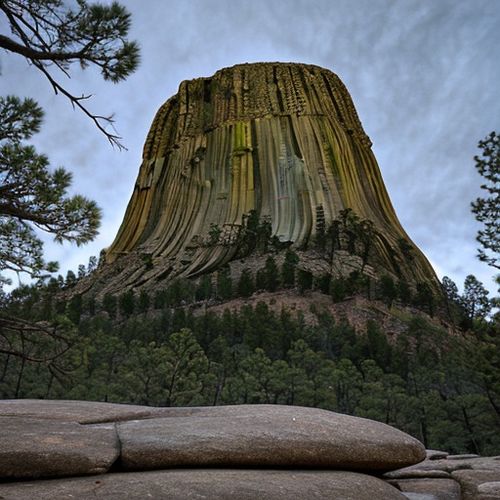
By Natalie Campbell/Apr 27, 2025
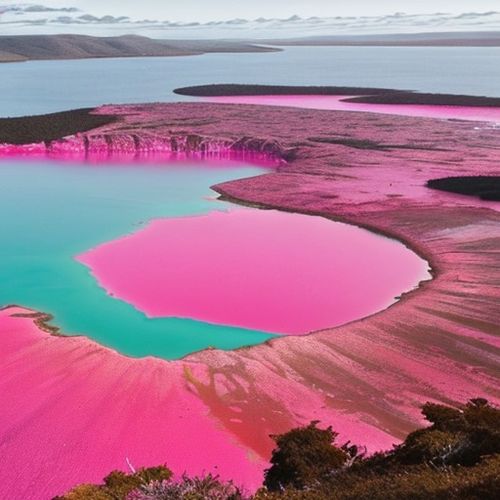
By Olivia Reed/Apr 27, 2025

By Noah Bell/Apr 27, 2025
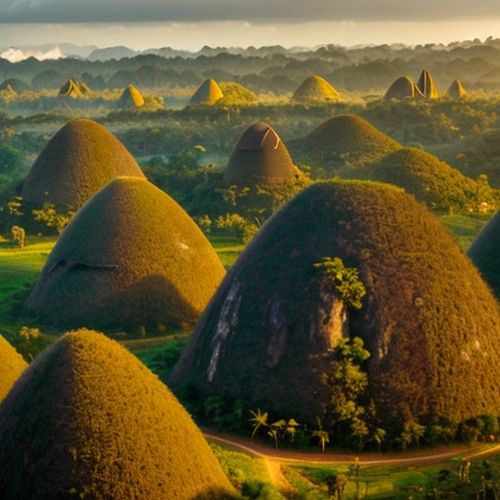
By Jessica Lee/Apr 27, 2025
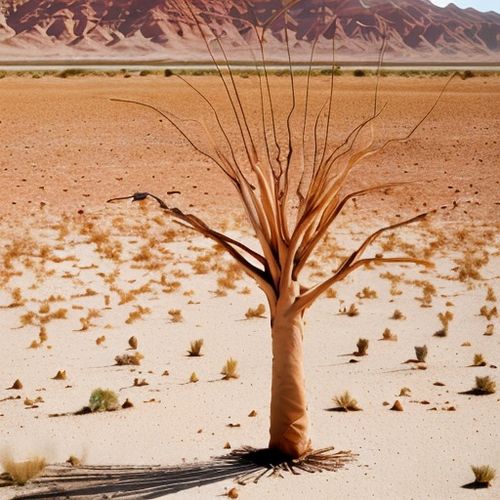
By Daniel Scott/Apr 27, 2025
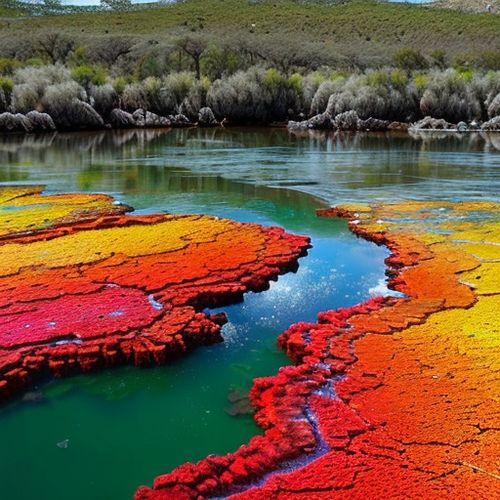
By Grace Cox/Apr 27, 2025
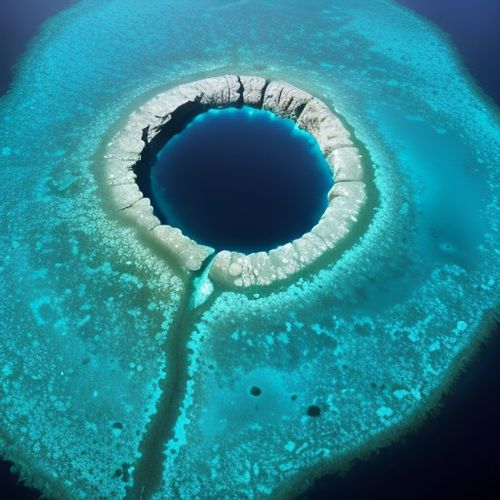
By Michael Brown/Apr 27, 2025
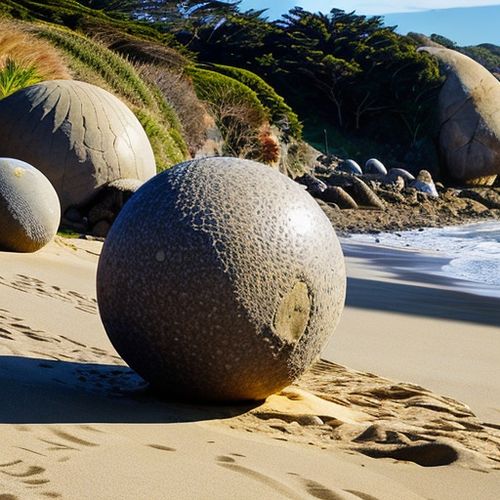
By Amanda Phillips/Apr 27, 2025
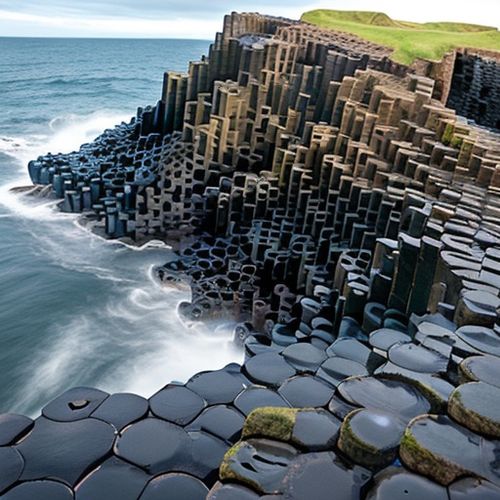
By Ryan Martin/Apr 27, 2025
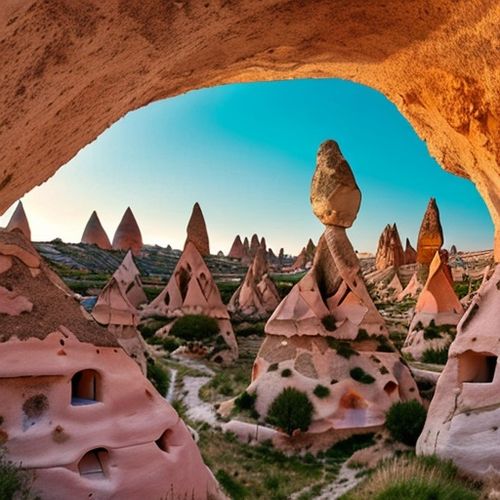
By Victoria Gonzalez/Apr 27, 2025
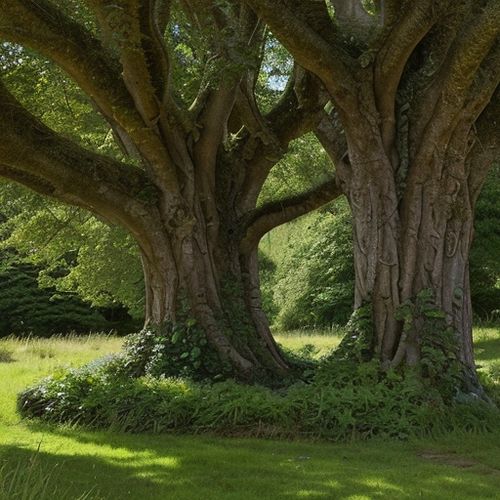
By Natalie Campbell/Apr 27, 2025
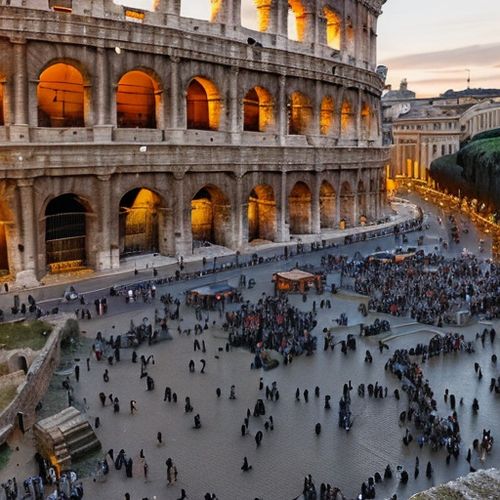
By Ryan Martin/Apr 11, 2025

By Sophia Lewis/Apr 11, 2025

By David Anderson/Apr 11, 2025

By Rebecca Stewart/Apr 11, 2025

By Thomas Roberts/Apr 11, 2025
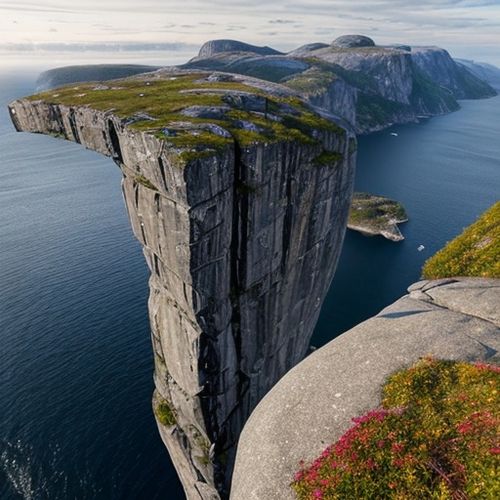
By Thomas Roberts/Apr 11, 2025
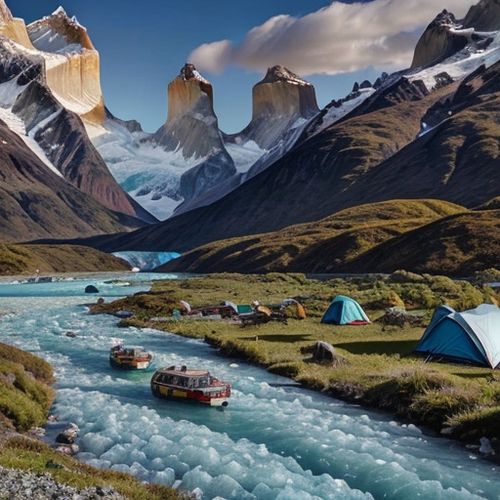
By Elizabeth Taylor/Apr 11, 2025
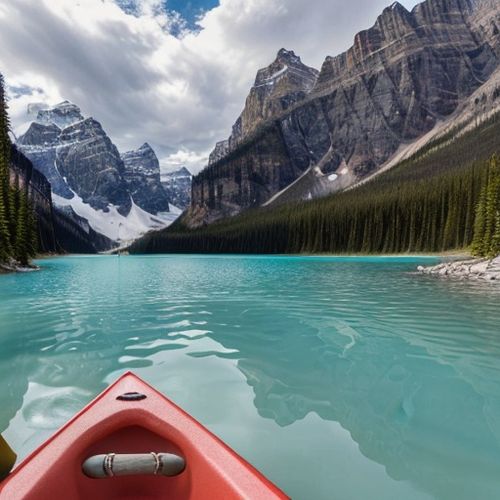
By Thomas Roberts/Apr 11, 2025
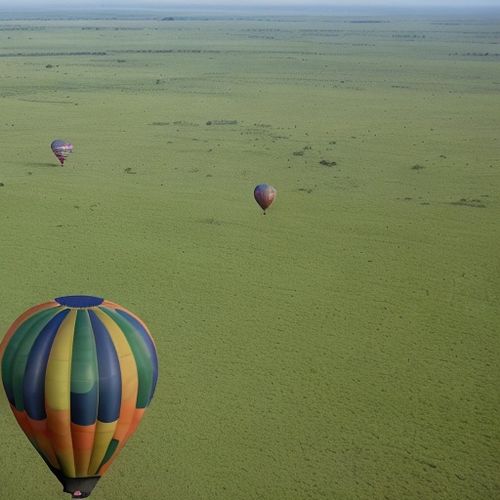
By Eric Ward/Apr 11, 2025